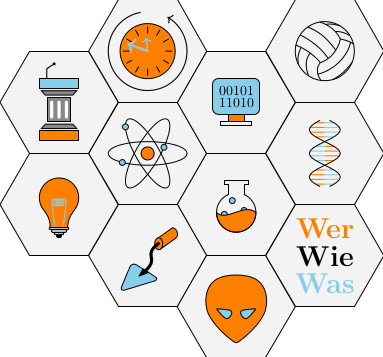
Course Contents
In an interplay between multidisciplinary relevant mathematical contents and its reflection we convey the significance and functionality of mathematics as the common language of natural sciences.\\
Mathematical Contents:
\begin{itemize}
\item Numbers, in particular real numbers
\item Continuity
\item Some special functions
\item Approximation and power series
\item Logarithms, pH-values, bits, and entropy
\item Probability
\item Law of large numbers, limit theorems, and significance of data records
\item Derivative and differential
\item Modelling with differential equations
\item Vector fields
\item Linearity and superposition
\item Many dimensions
\end{itemize}
Mathematical Reflections:
\begin{itemize}
\item All is number: blessing and curse of quantifying
\item On the use of formulas: What you put into it and what you get out.
\item Mathematical models of reality: capabilities and limitations
\item On the truth of mathematics
\item Historical remarks on mathematics as a language for natural sciences
\item Mathematics is a very special language: Axioms, definitions, and proofs inside and outside of mathematics
\item The abstractness of mathematics as a condition for its universal applicability
\end{itemize}
Depending on the target group, the support classes address students of mathematics, concentrating, amongst other things, on specialist aspects of mathematics; students who do not study mathematics are tutored in the fundamentals of handling mathematical language in its stead.
Literature
Georg Glaeser: Der mathematische Werkzeugkasten. Anwendungen in Natur und Technik. Springer Spektrum.
Tilo Arens et al.: Mathematik. Springer Spektrum.
Preconditions
none
- Lecturer: Thomas Schneider
- Lecturer: Pascal Schweitzer